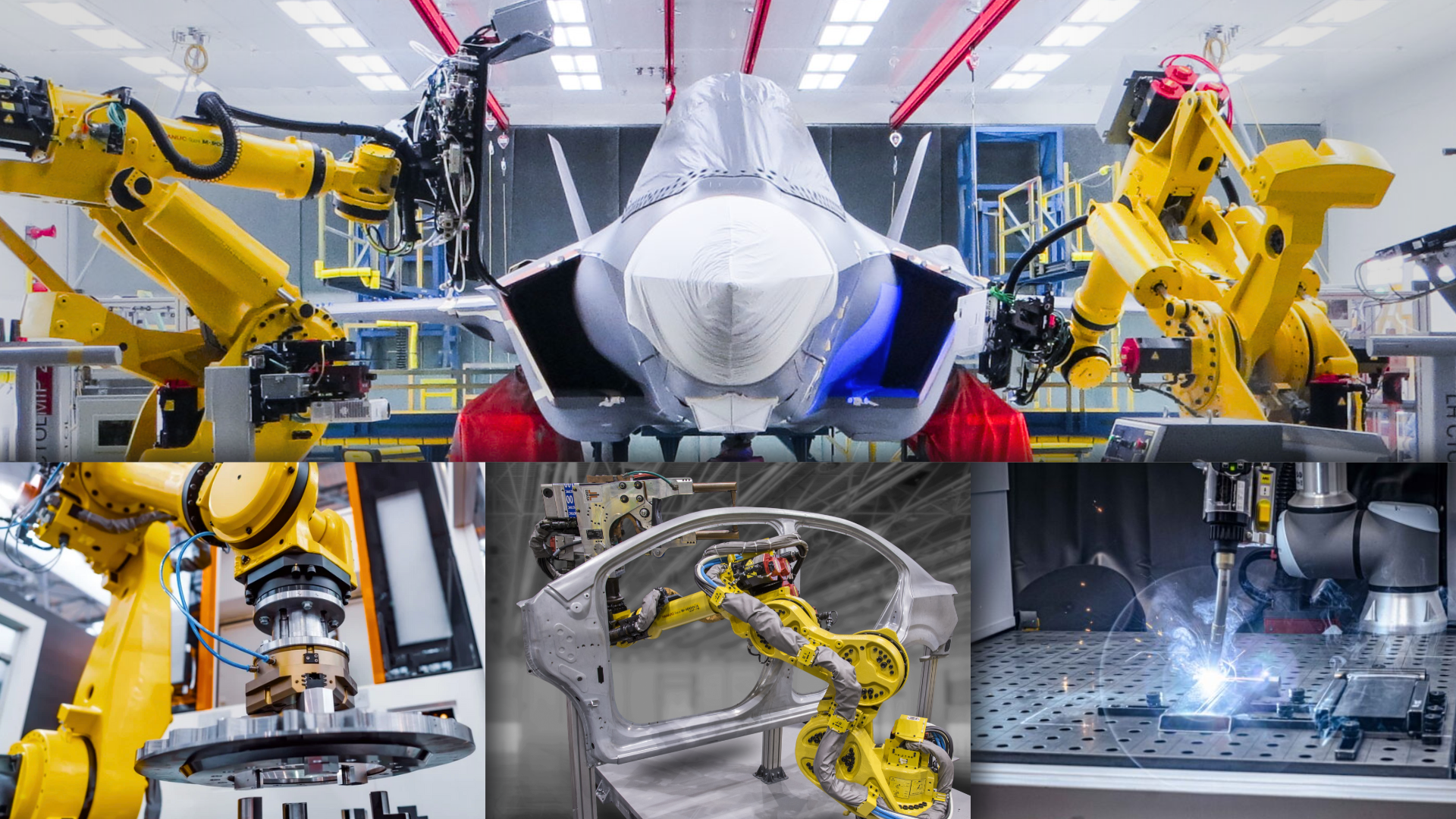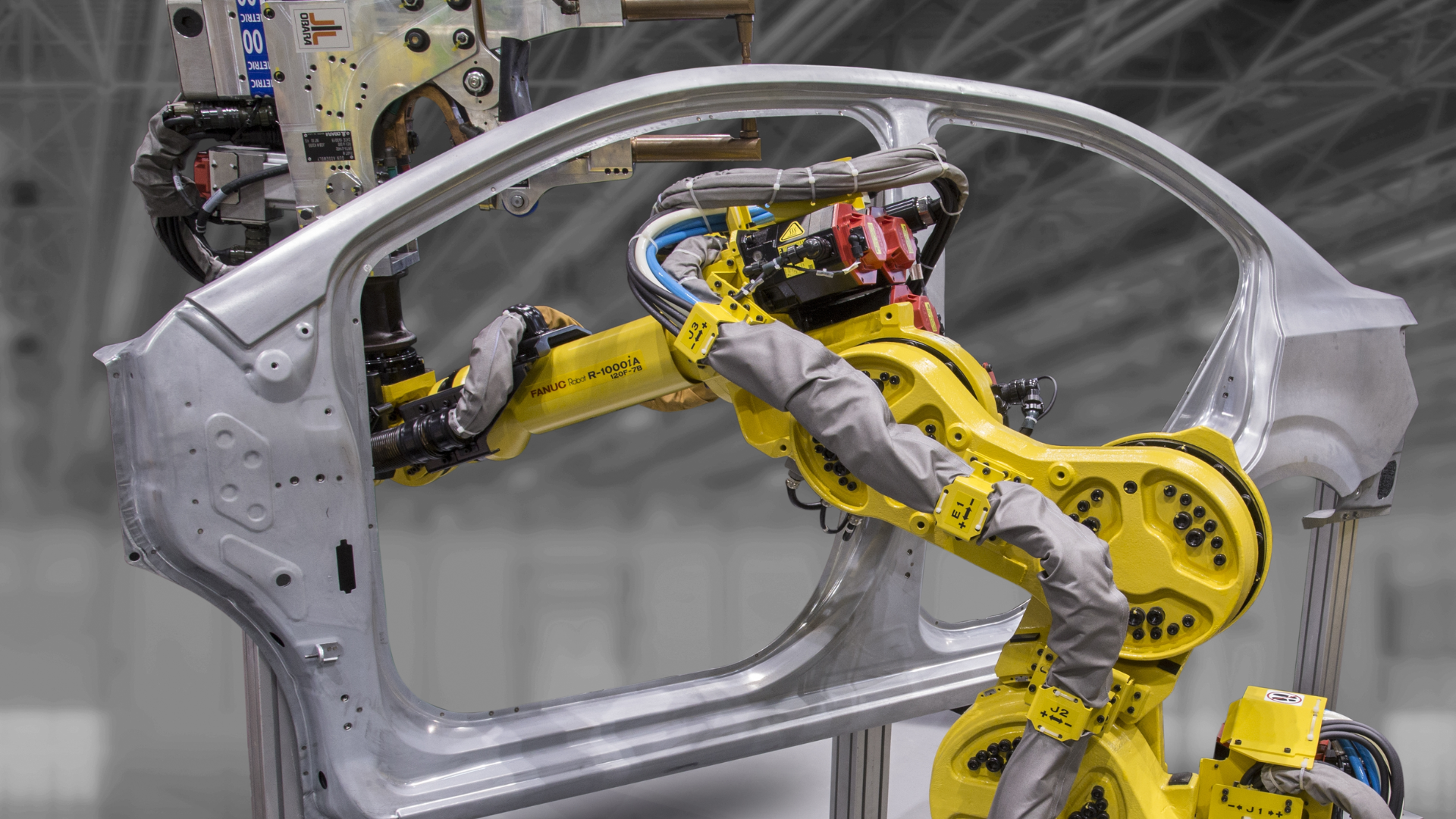Today’s manufacturers are facing a perfect storm: labor shortages, higher production demands, and tighter lead times. In this environment, automation has become a critical tool not just for growth, but for survival. The real question isn’t if you should automate, but how and when to automate, especially in a way that makes financial sense.

Learn why more manufacturers are turning to automation and how flexible financing options from Manufacturers Financing Resource (MFR) can help make those investments a reality.
Labor Shortages Are Pushing Automation Forward
Hiring qualified workers continues to be one of the biggest obstacles in manufacturing. According to recent industry research, more than two million manufacturing jobs may go unfilled by 2030. These shortages lead to missed deadlines, overtime fatigue, and lost revenue.
Many manufacturers have turned to automation to fill the gap. Rather than replacing skilled workers, automation helps shops get more from the teams they already have. It allows one operator to run multiple machines and keeps jobs running overnight, during weekends, or across second and third shifts. With the right setup, a shop can stay productive even when the hiring pipeline slows down.
The Real Value of Automation
The return on investment for automation goes beyond faster cycle times. Manufacturers are seeing long-term gains in multiple areas:
Increased consistency
Automated processes reduce variation and eliminate the fatigue factor that can lead to quality issues. This means fewer reworks, tighter tolerances, and a more stable process.
Better use of existing equipment
Automation allows machines to run longer with fewer interruptions. A machine that once ran 40 hours a week can now hit 80 or more. The additional spindle time often translates into faster payback on both the machine and the automation system.

Staffing flexibility
Automation helps cover hard-to-fill shifts and creates buffer capacity when demand spikes. It gives teams the flexibility to focus on programming, setups, and improvement projects rather than constant part loading or unloading.
Some manufacturers have reported full ROI within 12 months after implementing automation systems such as robotic loading arms, bar feeders, or pallet-changing equipment.
Flexible Financing Can Open the Door
Even with clear benefits, the upfront cost of automation can be intimidating. That is where MFR comes in. By offering a range of financing solutions tailored to manufacturers, MFR helps make these investments more accessible.
Leasing options
Leasing lets you bring automation in-house without a large upfront capital outlay. Monthly payments are fixed, and many systems begin generating ROI before the lease term is over.
Deferred payment programs
Some plans allow businesses to install and begin using the equipment before full payments kick in. This helps ease the cash flow transition and gives the automation time to prove its value.
Tax-saving strategies
Financing also pairs well with Section 179 deductions and bonus depreciation. These programs allow you to deduct a significant portion of the purchase price in the first year, reducing your overall tax liability.
Bundled financing
MFR can help combine automation financing with new machines, tooling, or accessories under a single package. This simplifies the process and creates predictable monthly payments.
Automation Comes in All Sizes
Automation is not only for large production cells. Many manufacturers are seeing big gains from small, modular systems, to large set-ups that integrate onto the equipment they might already have.

Examples include:
-
Bar feeders and part catchers for Swiss turning
-
Cobots that assist with machine loading and unloading
-
Turn-assist or mill-assist robotic arms
-
In-process inspection systems
-
Pallet changers and part conveyors for VMCs and HMCs
- Gantry rail systems & more...
These tools allow shops to automate specific workflows without overhauling their entire process. They also reduce the learning curve and simplify installation.
Final Thoughts
Automation is helping manufacturers overcome labor shortages, improve consistency, and stay competitive in a fast-changing market. The challenge is no longer the technology itself. It is figuring out how to implement it in a way that aligns with your budget and business model.
.png?width=1920&height=1080&name=MFR%20Newsletter%20Sept.%202025%20-%20Automation%20Financing%20(Web).png)
That is where MFR can help. With flexible capital strategies and a deep understanding of the manufacturing space, MFR helps shops move forward with confidence and financial clarity.
To explore financing options that support your automation goals, visit mfresources.com.
Works Cited
“2021 Deloitte and The Manufacturing Institute Manufacturing Talent Study.” Deloitte, https://www2.deloitte.com/us/en/pages/about-deloitte/articles/press-releases/deloitte-and-the-manufacturing-institute-2021-manufacturing-talent-study.html
“Automation.” Morris, https://www.gotomorris.com/technology/automation/
“Labor Shortage and Automation in Manufacturing.” National Association of Manufacturers, https://www.nam.org/
“Flexible Financing Solutions.” Manufacturers Financing Resource, https://www.mfresources.com/
“Financing Options for Small Businesses.” U.S. Small Business Administration, https://www.sba.gov/

